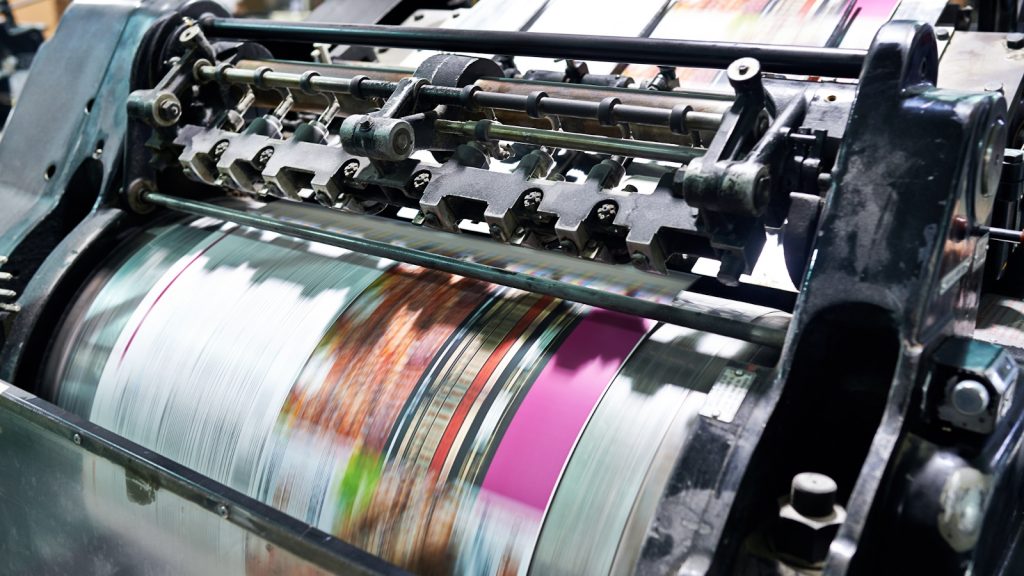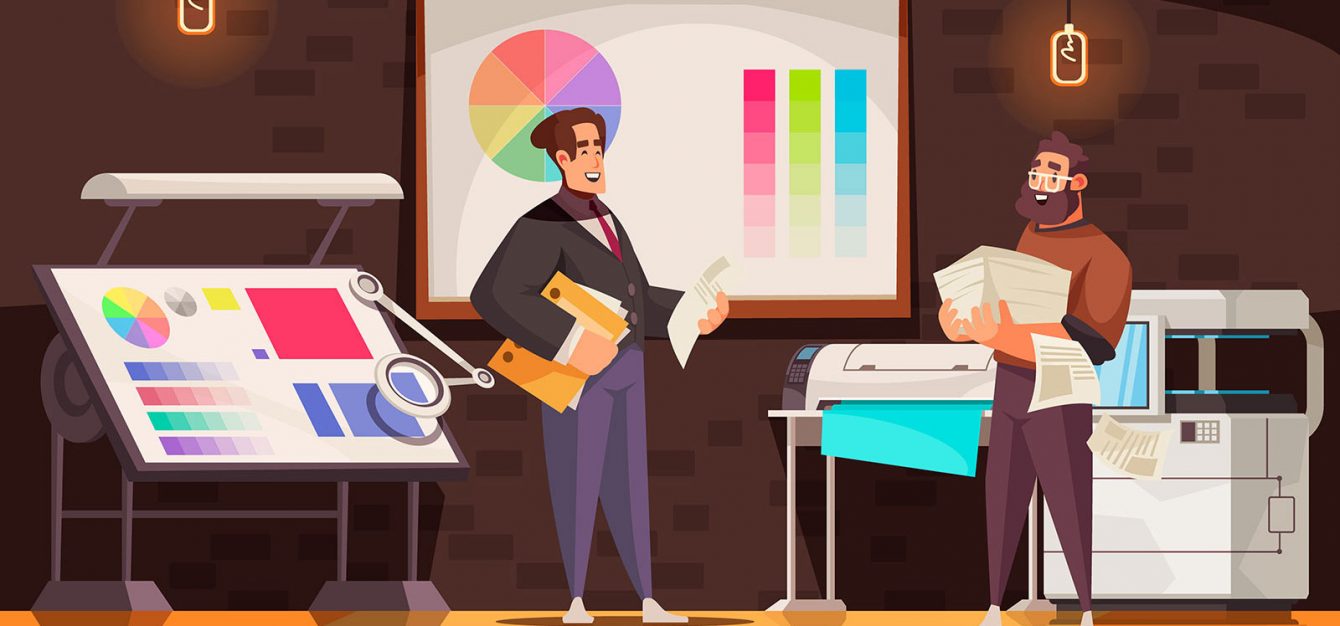When Is Offset Printing Better Than Digital Printing?
Whether you’re a local business or an international corporation, you should always be looking for ways to improve your product or service. One way to enhance the quality of the work you do is by using technologies such as offset printing. So why do companies choose it over digital printing? And when might using this type of printing be better than using digital printing?

Offset Printing Has A Higher Resolution Than Digital Printing
Offset printing has a higher resolution than digital printing, which means it can create sharper, more detailed images. This is because offset uses plates to transfer ink onto paper while digital printing uses inkjet or laser technology to print on paper. Offset also has durability advantages over digital prints, so if you need your printed piece to last longer than a few years, then offset may be the best choice for you.
Offset Printing Allows For The Use Of Specialty Inks And Coatings
Offset allows for the use of specialty inks and coatings, such as UV coating and foil stamping, which cannot be used in digital printing. UV coating can be used to make a glossy finish on your printed product while foil stamping can add a metallic or reflective finish.
While these prints may not be necessary for every project you have, they can add extra something special to give your business that competitive edge over others in your industry.
Digital printing is better suited for large runs because it uses less material than offset printing does. Offset presses are also slower than digital presses so if you need something printed quickly then digital might work better for you.
While Both Digital And Offset Have Their Strengths, Some Applications Are Suited For Each Method
Offset is a more economical option if you need high-quality images that can be printed on a range of paper stocks, including specialty finishes. It’s also ideal for large print runs or jobs with tight turnaround times. Digital printing has its advantages too, as it can produce short runs of prints quickly and cheaply, making it quite perfect for small businesses that don’t want to invest in large quantities or have time constraints.
Both offset and digital printing have their strengths and weaknesses. The best way to decide which method is right for your project depends on what you want it to look like and how much money you want to spend. If you want high-quality images with lots of detail, offset might be the way to go. But if cost is an issue or if your final product doesn’t require such fine detail, then digital may work better for you!

